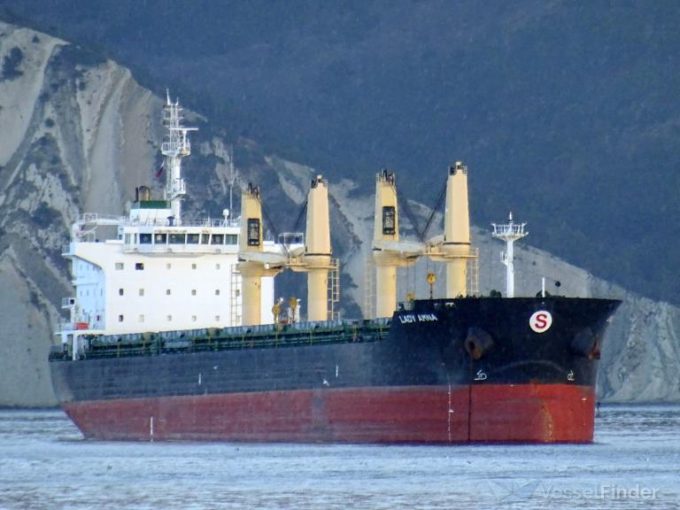ClassNK calls for upgraded steel plate tolerance in mega-boxship construction
Japanese classification society ClassNK is claiming a “world-first” breakthrough finding in the required crack arrest toughness of ...

With a cracked hull and damage to its propeller and rudder, Malta-flagged vessel MV Ruby, carrying 20,000 tonnes of ammonium nitrate, is slowly making its way through the Channel.
Not long after leaving the Russian port of Kandalaksha in late August, the general ...

Comment on this article